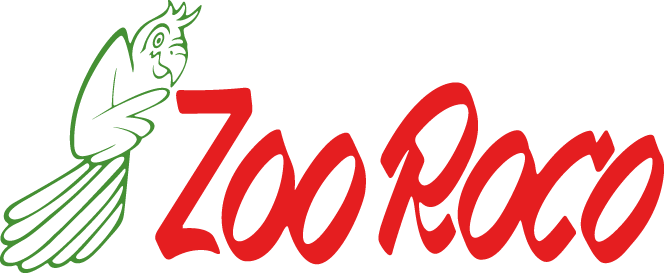Product information "Salvinia auriculata (Ohrensalvinie)"
Salvinia auriculata
Salvinia Auriculata (Brazilian salvinia) is a floating plant native to South America. It grows moderately quickly so that its population can be controlled. Easy to grow. Absorbs nitrogen to combat algae. Propagates by spreading.
- Difficulty of cultivation: easy to medium
- Light requirement: medium to high
- CO₂ requirement: low
- Height of the adult plant: 0.5 cm
- Growth: moderate to fast
- Temperature: 22 - 24°C
- Placement in the aquarium: Surface
- Origin: South and Central America
- Cup diameter 6 cm
Salvinia Auriculata (Brazilian Salvinia) is a
floating ornamental plant. It is native to the
calm, still waters of South and Central America. It can be found from Paraguay to Cuba. It owes its popularity above all to its
original appearance. Its small
oval leaves with a
diameter of 10 mm cm are arranged opposite each other on an elongated leaf stalk. These leaves are covered with fine hairs that trap air bubbles, allowing them to float. Depending on the light intensity, they are wavy or flat. Salvinia forms a third type of underwater leaves on which the spores are deposited.
Like all floating plants, Salvinia is recommended for shady waters . Its great appetite for nitrogen and phosphorus compounds makes this plant a good ally in the fight against algae.
Salvinia has low light and nutrient requirements. It grows well in both moderate and strong light. As a floating plant, it does not require a substrate but draws all the necessary nutrients directly from the water. During the vegetation period, it reproduces by spreading, whereby the growth rate is moderate. This makes it easy to control its growth and remove excess plants. It grows to a length of 3-6 cm and likes warm, humid air, so it is advisable to use a glass or cover when growing it.
It should be placed in such a way that no condensation falls on the plants. It adapts very quickly to the new parameters. However, it should be borne in mind that it will die if there is too little light. It thrives best in soft to medium-hard water at 22-24°C.
The in vitro culture of plants is carried out in tissue culture laboratories. Thanks to the sterile production conditions, the cuttings are free from snails, algae or pathogens.
Planting:
The plant must be removed from the cup and thoroughly rinsed of the gel under running water. This is best done by placing the plant in a container of lukewarm water. Most of the gel will then fall off by itself. Place the plant on the surface of the water.




























